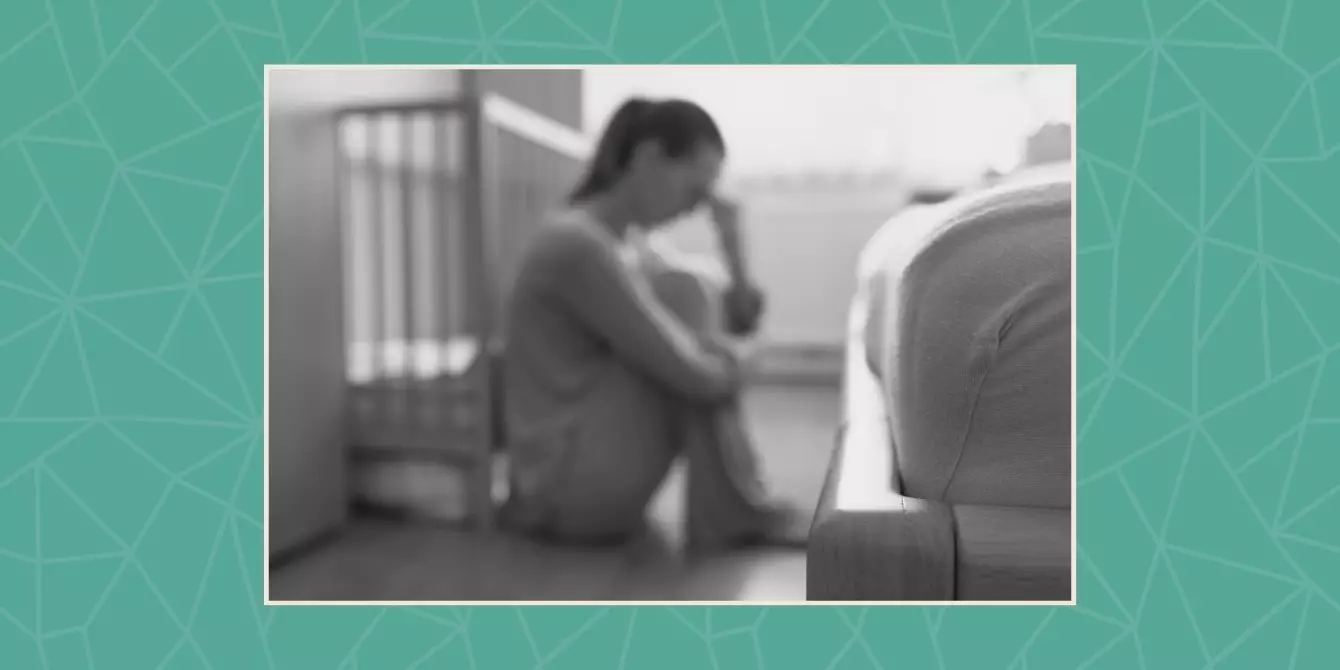In recent years, the United States has achieved significant strides in reducing infant mortality, with a remarkable 24% decline observed from 1999 to 2022. This progress can be attributed to advances in healthcare—including improved obstetric practices, neonatal care, and effective preterm labor prevention strategies. However, alarming new data reveals a troubling anomaly in this overall trend: the rising incidence of Sudden Unexpected Infant Death (SUID). According to a groundbreaking study published in JAMA Pediatrics on January 27, 2025, SUID rates saw a nearly 12% increase between 2020 and 2022, signifying a stark reversal in the progress made thus far.
The term SUID encompasses a range of causes including Sudden Infant Death Syndrome (SIDS), accidental suffocation, and cases classified as unknown. What complicates the issue further is the stark disparity in SUID rates among various demographic groups. For example, Black infants are reported to be 10 times more likely to fall victim to SUID compared to their Asian counterparts and three times more than white infants. Meanwhile, American Indian and Alaska Native infants face an alarming 9.6 times higher risk than Asian infants. Despite identifying these disparities, the current research does not fully explore the deeper systemic inequities that contribute to these statistics.
The multi-faceted nature of this public health challenge goes beyond mere guidelines about safe sleep practices. Indeed, most parents possess a foundational understanding of these guidelines. The issue often lies in their ability to implement them effectively in their daily lives. Factors such as economic stress, exhaustion, and lack of access to healthcare create an environment where adhering to safe sleep recommendations becomes increasingly difficult.
For many parents, particularly those in low-wage jobs, the absence of guaranteed paid maternity leave compels them back into the workforce shortly after childbirth. The combination of a demanding work schedule and the constant wakefulness of a newborn can lead to fatigue, undermining safe practices as exhausted caregivers inadvertently succumb to risky sleep arrangements, such as dozing off while holding their baby or co-sleeping in unsafe environments.
The catastrophic implications of sleep deprivation on caregiver performance cannot be overstated. Undoubtedly, fatigue serves as a breeding ground for oversight—for decisions made in a haze of exhaustion that put infants’ lives at risk.
The growing concern surrounding SUID is closely interlinked with racial disparities that exist within healthcare access and education. While early pediatric visits can provide essential safe sleep guidance, families facing obstacles such as lack of insurance, transportation difficulties, or systemic healthcare inequalities may miss critical opportunities for education and support. Access to healthcare services is not merely beneficial; it is vital for shaping safe practices from the outset.
This situation highlights the need to address systemic issues rather than merely placing the onus of responsibility on parents to ‘follow the guidelines.’ Public health experts argue that failure to reach families through standard healthcare pathways perpetuates an uneven playing field where certain populations bear a disproportionate burden of risk.
Furthermore, misleading marketing from infant sleep product manufacturers complicates the landscape. Parents are often overwhelmed with advertisements for products that claim safety but do not meet recommended guidelines. The 2022 Safe Sleep for Babies Act aimed to rectify some dangerous practices by banning items like inclined sleepers; however, many unsafe products remain available, leaving parents in the dark regarding true safety standards.
Efforts to reduce SUID must consider structural reforms focusing on parental support systems. Advocating for initiatives such as paid family leave, expandable healthcare access, and dedicated funding for safe sleep programs can significantly reshape the circumstances under which parents operate. By ensuring that every family has access to safe sleep environments, we can diminish racial disparities and foster healthier futures for all infants.
Additionally, public health advocates should also push for enhanced enforcement of safety regulations pertaining to infant sleep products. Misleading marketing can lead to great harm, leaving parents ill-informed about the potential dangers presented by certain products.
It is also essential to underscore the importance of ongoing education regarding safe sleep practices, tailored for the specific challenges that various demographic communities face. Parents should be armed with not only knowledge but also practical resources and community support systems that empower them to create safe sleeping situations for their infants.
The increasing prevalence of SUID is stark evidence that the conversation around infant safety must extend beyond the individual level of parent responsibility. The question should evolve from “Why aren’t parents following guidelines?” to “What infrastructural barriers are preventing parents from creating safe sleep environments?”
Ultimately, every parent deserves the tools and support necessary to ensure their child’s safety. It’s a collective responsibility that requires us to examine our systems, policies, and societal norms. Ensuring that every baby has a safe place to sleep is not merely a guideline but a fundamental right—one that every parent should be able to fulfill with the help of a nurturing and responsive society.

